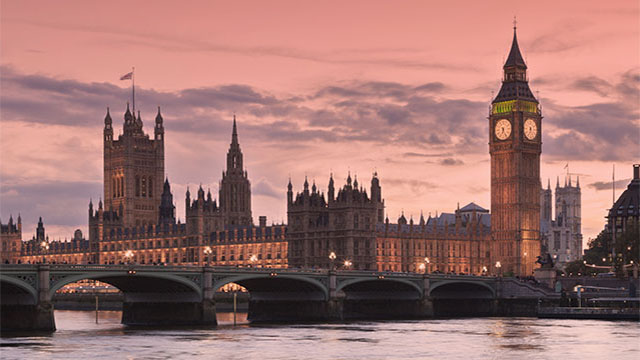If you want to know how the property market is performing, ask 3D printing studio Hobs.
The number of building models it is churning out might seem an unusual indicator, but they give life to a scheme – in miniature at least – long before the scaffolding is knocked together on site.
And as Hobs, one of the UK’s top 3D printed model manufacturers, is outgrowing its London HQ as well as opening new sites, it is a safe assumption that property is in rude health.
Models are a ‘nice-to-have’ in an economic downturn, but in a strong market they are a secret weapon for agents or developers pitching for big deals and pulling out all the stops to clinch them.
3D printing turns computer designs into tangible models using a machine with a mechanical arm that squirts ink and, layer by layer, builds the product. The machines can replicate a development in half the time and at half the cost of traditional model-making and with laser accuracy.
Partly through positioning and partly through demand, Hobs’ agents and developers client base has skyrocketed over the past year. By “1,100%,” attests Hobs director Michelle Greef. “It has gone crazy.” Property clients now account for 90% of the studio’s workload and the firm has grown to become the largest 3D printing bureau in the UK.
“Just like the internet revolutionised how we work, 3D printing is becoming an integral part of their business. Being able to quickly print highly detailed 3D objects helps in the design, sales and public consultation processes and it makes schemes accessible to non-specialists,” says Greef.
The data used to 3D print is often designed and created from scratch, but land or existing buildings can be scanned as a starting point for designs.
The studio is now exploring how 3D printing can combine with augmented reality so a physical model, when viewed through an iPad, can be seen with multiple shell schemes.
The demand for Hobs’ work has given the firm the impetus to expand. It opened a studio in Bristol recently and in May will open in Glasgow. It has existing studios in Manchester and an HQ at Clerkenwell, EC1. The firm is on the hunt for bigger premises in the capital, however.
Its latest project is a replica of a 16-storey luxury residential development in Barcelona by Squircle Capital. It is a layer cake of levels and each stackable floor can be removed to reveal the floorplan, furniture configurations and everything – right down to the underground car park and basement wine cellars. The model has been created to help selling agent Knight Frank market the property.
In the past it would have taken all a prospective buyer’s powers of visualisation from reams of line drawings to appreciate a scheme not yet developed.
The model was produced using the largest 3D printing machine in London. Craftsmen then applied the finishing touches.
Giles Hanglin, a director at Savills Energy, became a convert to the 3D-printed model when pitching to install solar panels on a Tesco store in Coventry last year.
“We were dealing with a major national player so it was important we pulled out all the stops and when I was shown what could be done I was mindblown,” says Hanglin.
And the process looks set to continue to wow. All over the world, printed properties, not just models, are popping up.
Will printers become the developers of the future?
Printed neighbourhoods
The physical size of a 3D printing machine was once considered the only constraint to producing large-scale 3D printed products.
But China-based construction firm Shanghai WinSun Decoration Design Engineering Co has put paid to the notion by producing the tallest 3D-printed building.
Using an ink of recycled construction waste, glass fibre, steel, cement and special additives, which coursed through a 150m long machine, the
feat has raised the question over whether the technology is commercially viable.
The five-storey residential building, produced earlier this year, is now on display in Suzhou Industrial Park alongside a 1,100m sq 3D-printed villa, also produced by the company.
The building parts were fabricated in a studio and the structures assembled on site with steel reinforcements and insulation.
The same firm also last year printed 10 single-storey houses in 24 hours at a cost of $5,000 (£3,400) each.











